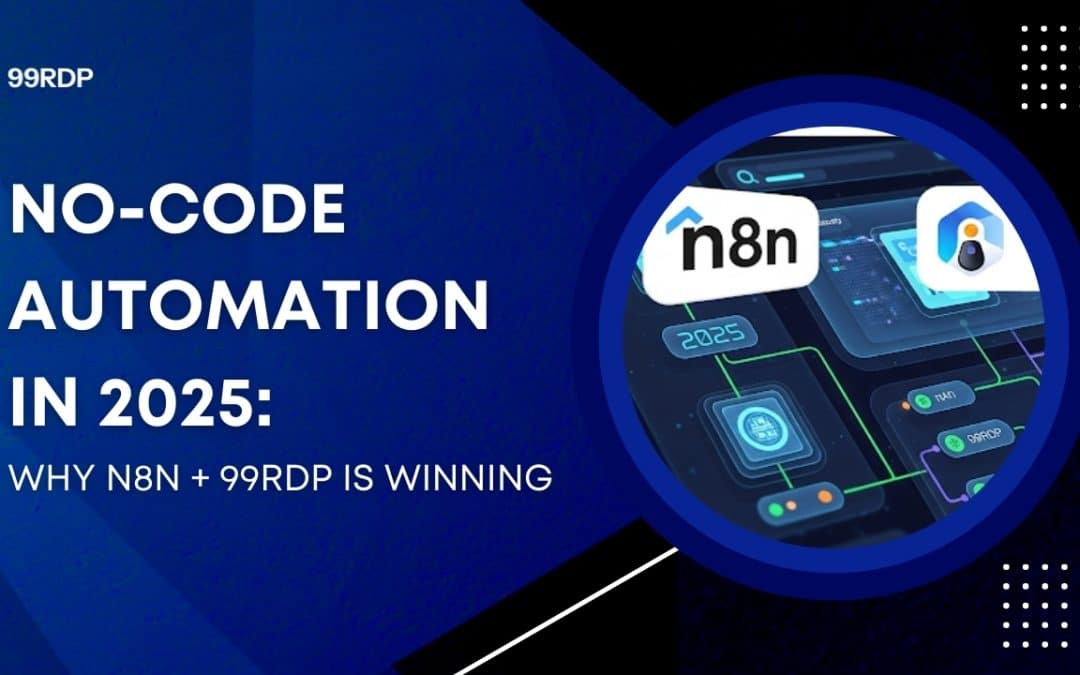Step-by-Step: Mount a USB Drive in Linux.

Explore More; What is Linux VPS Hosting?
- Plugin Your USB Drive
- Connect your USB drive to your Linux system.
- Detecting the USB Drive
- Ensure your system recognizes the newly plugged-in USB drive.
- Create a Mount Point
- Establish a directory where the USB drive will be accessible.
- Mount the USB Drive
- Use commands to link the USB drive to the mount point.
- Access Data on the USB Drive
- Navigate through the mounted USB drive to retrieve or modify files.
- Unmount the USB Drive
- Safely disconnect the USB drive from the system.
- Permanently Mount Your USB Drive
- Configure settings for automatic mounting on system startup.
- Utilize the Mount Command
- Execute the mount command to manage various file system accesses:
- External Drives: Such as USB drives or SD cards.
- Network File Systems: Access files located on networked devices.
- Special File Systems: Including optical discs and other specialized storage media.
Requirements of Mount USB Drive in Linux
To ensure this tutorial works correctly, you need:
- A Linux VPS server running.
- A non-root user with sudo privileges.
- Access to the Linux Terminal.
These elements are essential for smoothly executing the tutorial steps.
Is it safe to permanently mount my USB drive?
Yes, permanent mounting is safe as long as you follow the instructions carefully.
Editing /etc/fstab requires a bit of caution, but as long as you enter the correct information for your USB drive, it’s a convenient way to avoid manual mounting each time.
How do I safely remove my USB drive after mounting it permanently?
Even with permanent mounting, it’s good practice to unmount the drive before physically removing it.
Use the umount /mount/point command (replace /mount/point with your mount point) in the terminal.
This ensures all data is written properly before disconnecting the drive.
My USB drive isn’t showing up after I plug it in. What should I do?
First, try a different USB port on your computer. If that doesn’t work, the issue might be with the drive itself. You can check for the drive using the fdisk -l command in the terminal.
Why is my USB drive still not mounting automatically after following the steps to mount permanently?
Double-check that your UUID is correct in the /etc/fstab file. A typo here can prevent mounting.
Also, try running sudo mount -a in the terminal to manually trigger a mount for all devices listed in /etc/fstab.
I see multiple entries for /dev/sdX in the fdisk -l output. How do I identify my USB drive?
Look for the drive size and compare it to the size of your USB drive. Internal hard drives are typically much larger.
You can also unplug your USB drive and see which entry disappears from the fdisk -l output.
I get an error message “umount: target is busy” when trying to unmount the drive. What now?
Umount Target is Busy” Error in Linux means a program is still using the USB drive.
Close any file explorer windows or programs that might be accessing the drive, then try unmounting again.
USB drive seems mounted, but I can’t see any files. What’s wrong?
The drive might require a file system check. Try running sudo fsck /dev/sdX (replace sdX with your drive name) in the terminal.
Important: Only use fsck command if you’re comfortable with terminal commands, as improper usage can damage your data.



